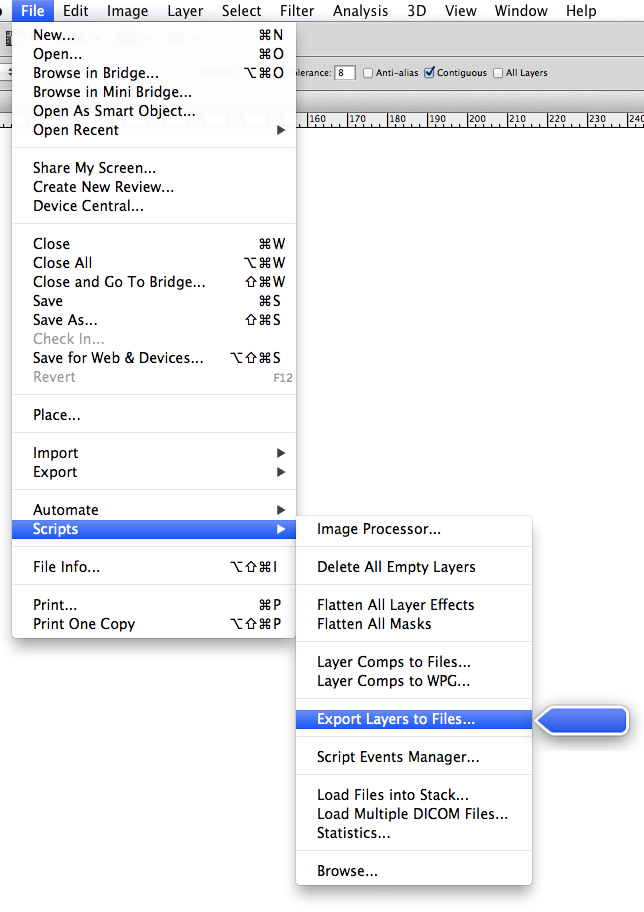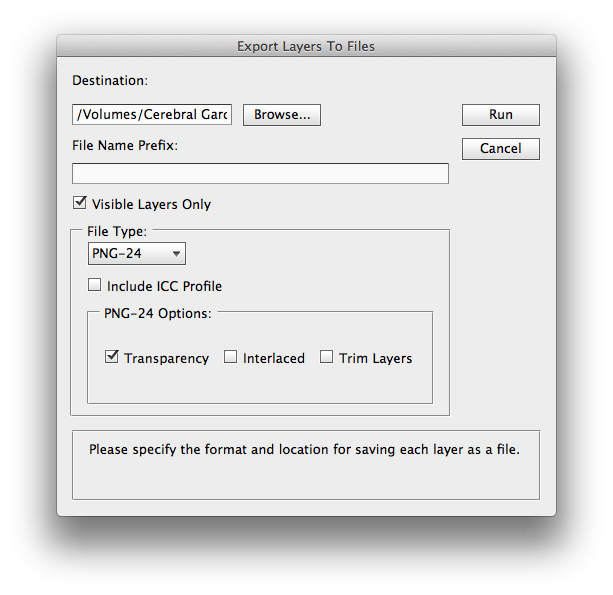WWDC 2012 sold out in less than 2 hours, a record that had been easily predicted by many. Tickets went on sale at about 8:30 Eastern time and were sold out before most people on the west coast had even woken up. The demand for tickets was obviously extremely high, and the supply was limited to about 5000. How can Apple solve this for next year?
Of course, the first question is, does Apple even want to solve this. I believe they do. They have information they want to put into the hands (and heads) of developers, as many developers as possible. That's why they release the videos shortly after the event. That's why they've had the free Tech Talks in various cities. So yes, Apple does want to get the information out to many developers as they can. So it's to their advantage to increase the supply of tickets for WWDC.
One idea that often comes up when this topic is discussed is to have two events. Perhaps keep the first one in San Francisco and have another a couple of weeks later somewhere in Europe. The SF one would have the main Keynote for press, just like the present; the Europe one would skip the keynote but have all of the same sessions. This would temper the expectations of the press, who may be disappointed if the event were held months later without additional product announcements. The SF one would still be called WWDC, but would now actually be 'Western World Developers Conference', the Europe one would be EWDC, 'Eastern World Developers Conference'. The downside of this scenario for Apple is the increased cost, not just the direct costs of hosting an event in Europe, but the time involved in tying up Apple's engineers for an additional week (or two including travel/prep etc).
My personal suggestion is to keep it as one event, but increase attendance to about 10,000. The most common argument against this idea is that Apple likes to have a roughly 1:5 engineer to developer ratio, and they don't have enough engineers available to maintain that ratio if they double the developer attendance. I've only been to one WWDC, so this could be inexperience talking, but to me, the number of engineers there was almost irrelevant. Each session had 1-5 engineers on stage, but it didn't matter whether there were 500, 1000, or 2500 people in the audience, only the size of the room affected how many people could attend. Where the number of engineers matters is in the labs (which are more like Q&A sessions than labs). So I have an idea to increase the usefulness of the labs for everyone, while at the same time increasing the efficiency so that the same number of engineers can support 10,000 attendees.
The idea is to have attendees submit the questions that they intend to ask an engineer in a lab, to a special WWDC lab email address (along with their project source if applicable). These questions will be prescreened by Apple engineers (or even interns) way before WWDC. Some questions will be simple enough that an email response will be enough to answer them. For the rest, an appointment at WWDC can be scheduled with an engineer that can actually answer the question for the developer. In a lot of cases there will be duplicate questions that can be answered in a group session. This plan will reduce the need to have such a high ratio of engineers to developers while increasing the value of engineer and developer meetings. No more lining up to talk to an engineer that doesn't know any more about the problem you're trying to solve than you.
The only other logistic is how to fit an extra 5000 people ino the sessions. My plan there would be to expand to Moscone North and/or South, and make all of the rooms bigger. Same number of sessions, same number of engineers, just a larger audience. I heard developers this year talk about how long the lines were to get into each session, and that they weren't that long in previous years. But the consensus seems to be that Apple was just way better organized this year than in previous years and that the lines just looked longer than a massive mob of unorganized people. My point here is that Apple did a great job of moving the 5000 attendees around this year. If they increase the time between sessions a little, it should be possible to move 10,000 people around the 3 buildings efficiently.
Whatever the plan, I can't wait to attend WWDC 2013.
If you enjoy reading my blog, please follow me on Twitter, and/or like Cerebral Gardens on Facebook.

